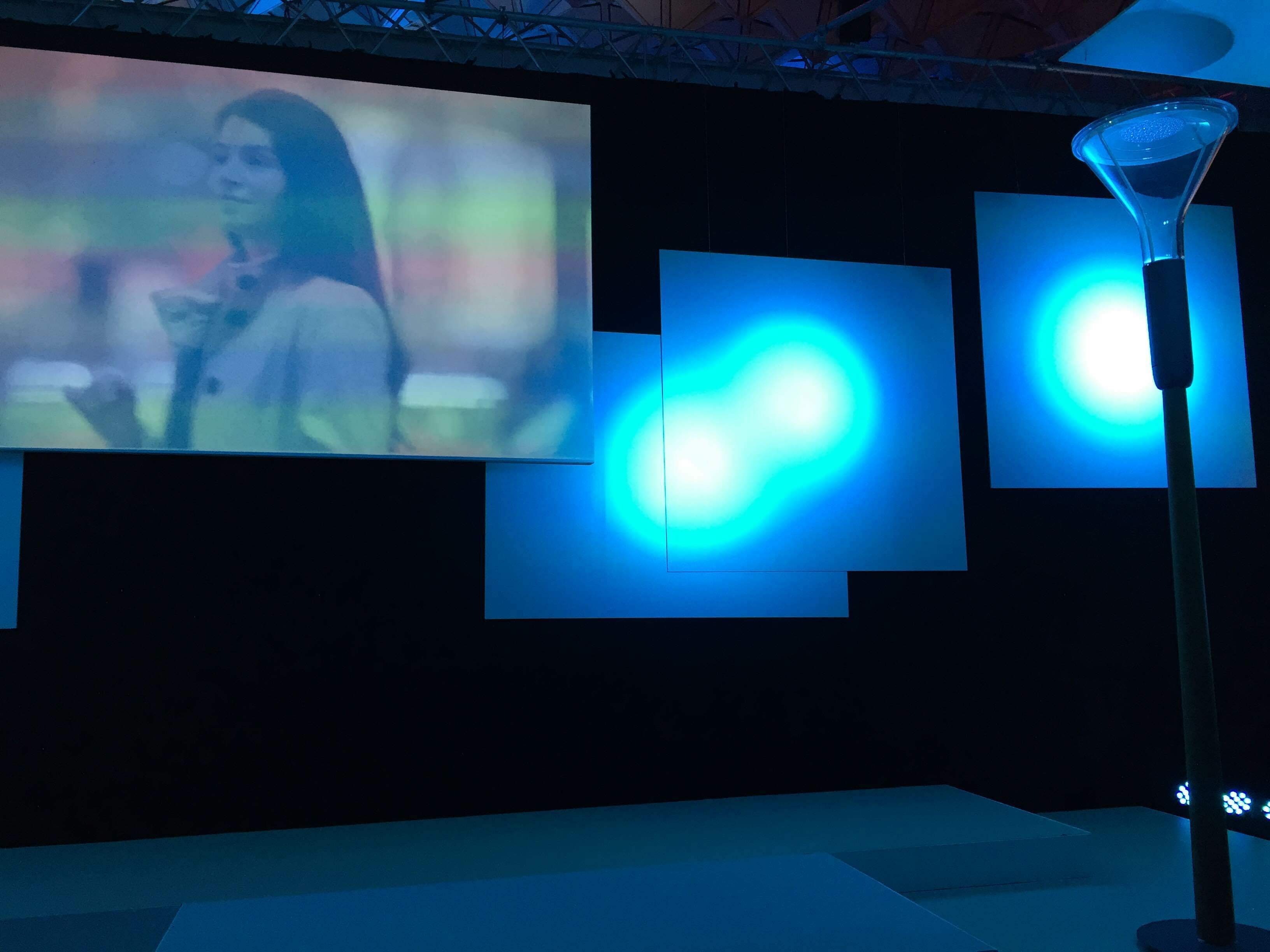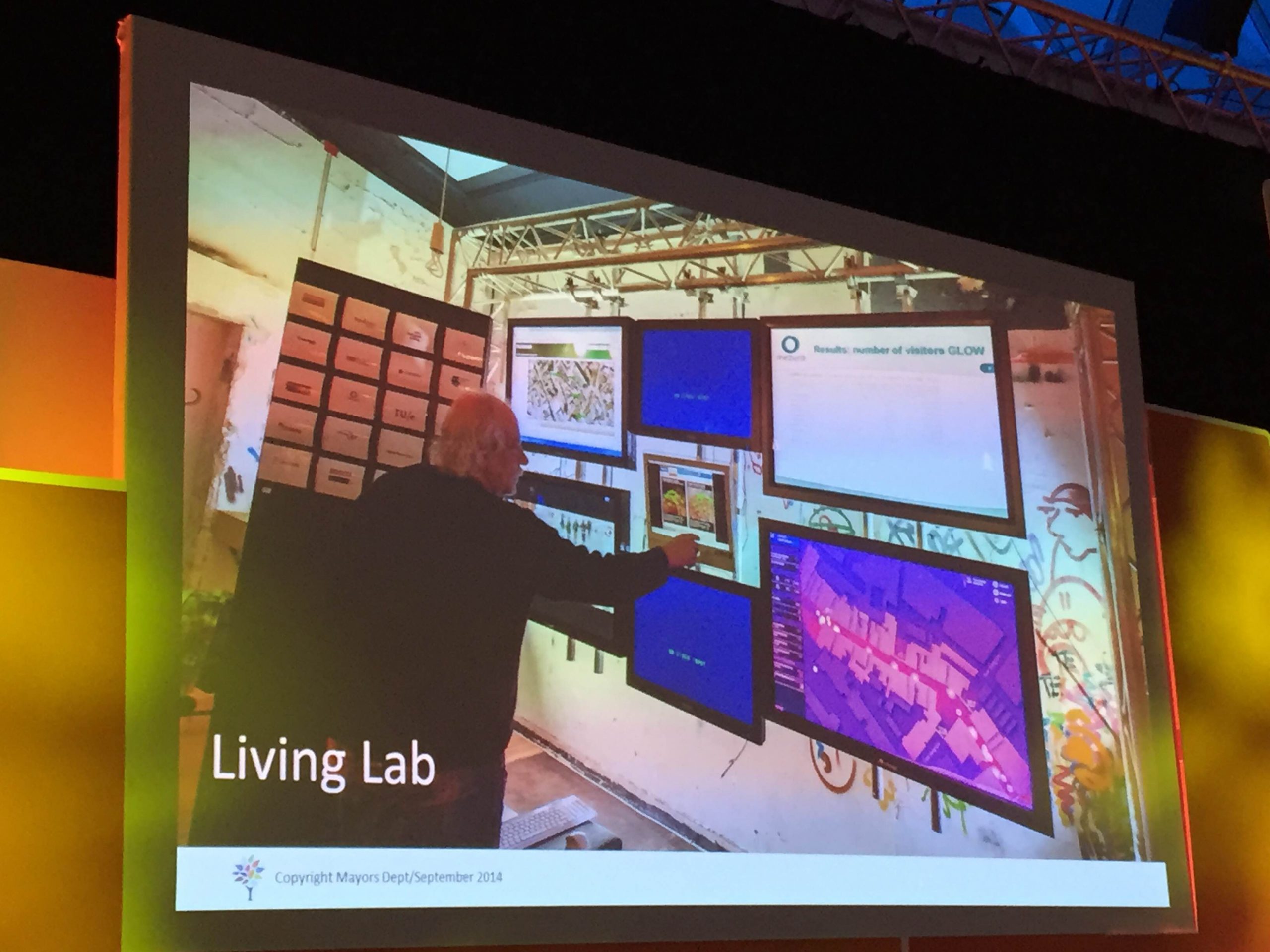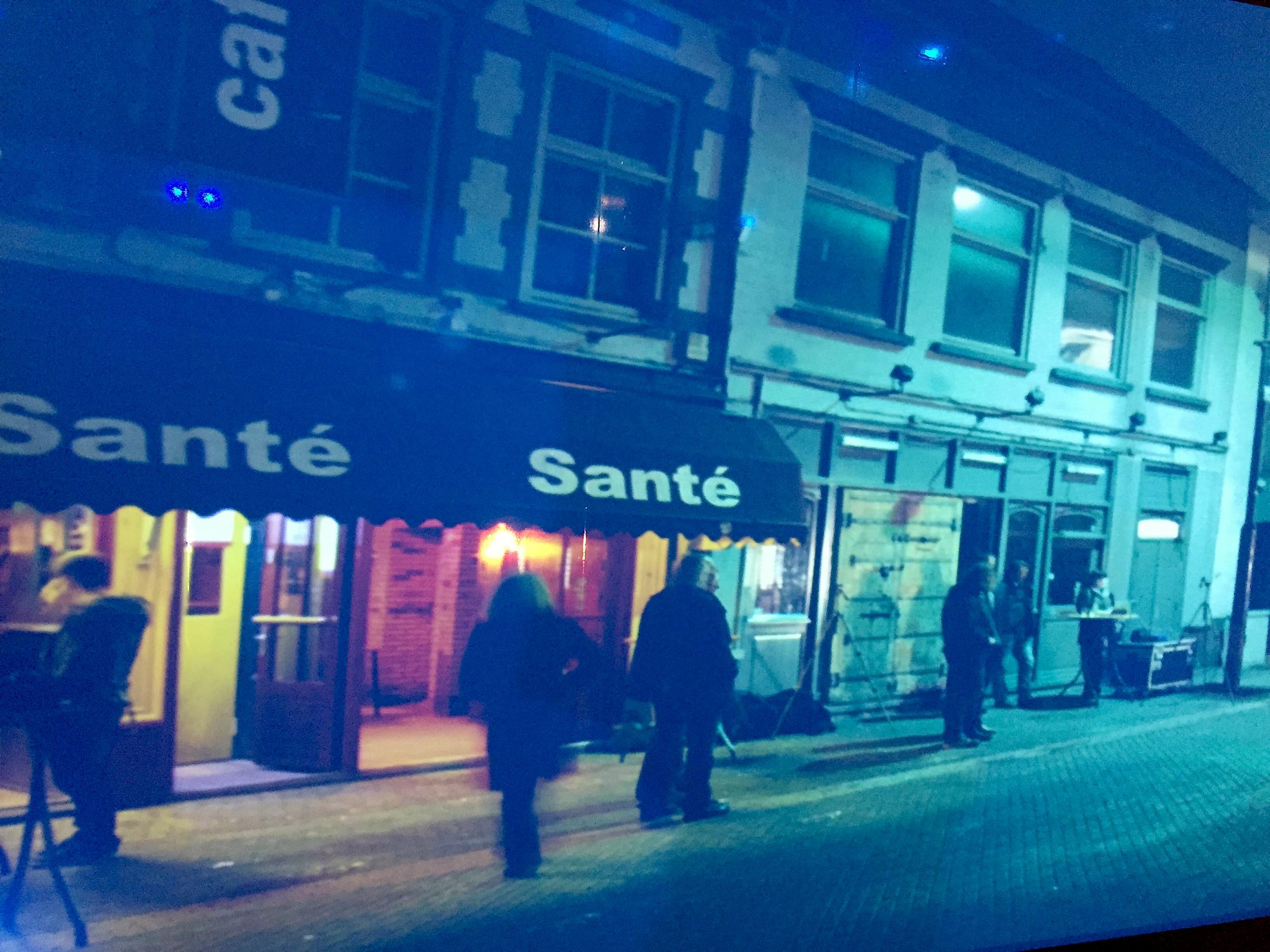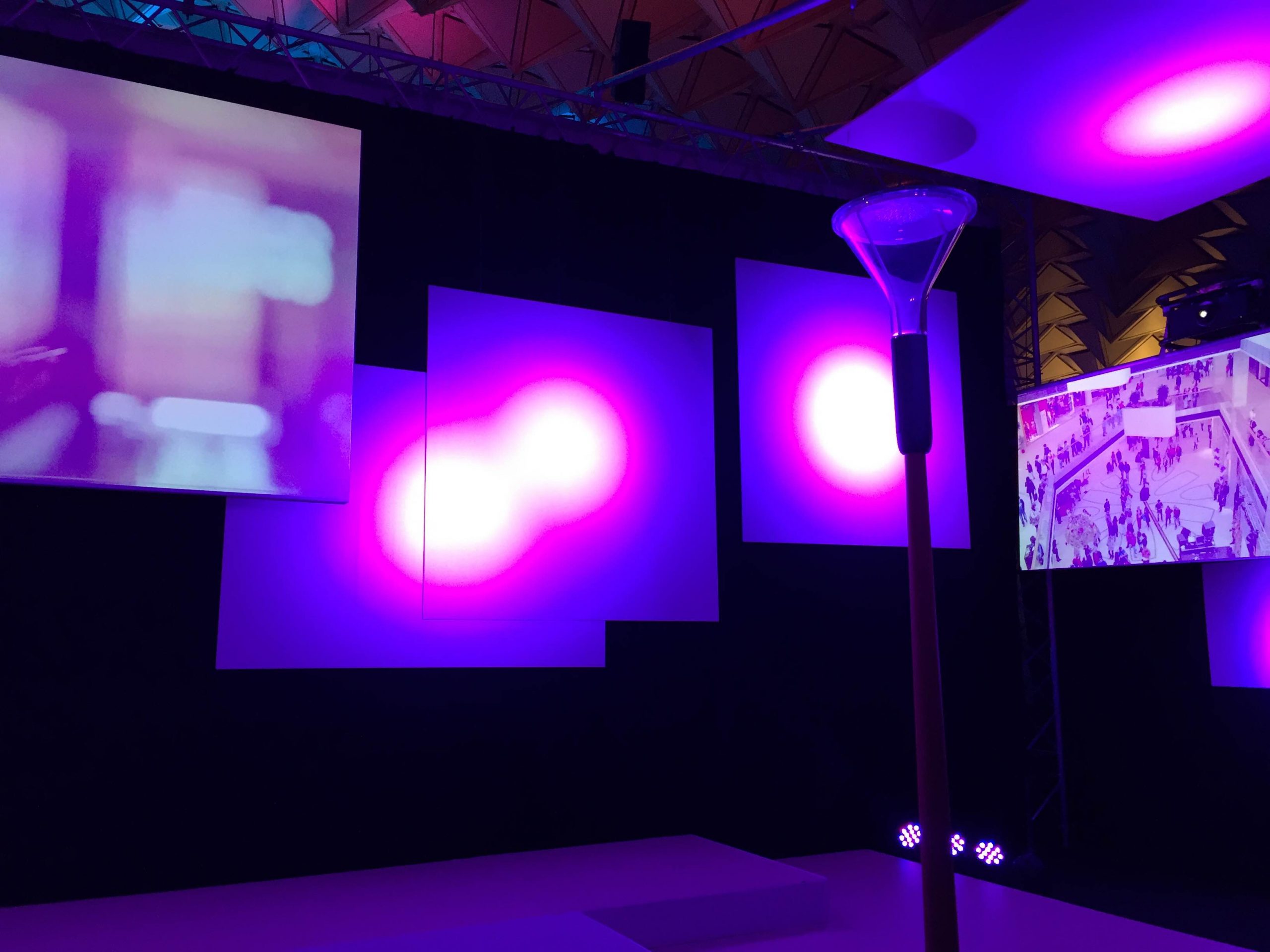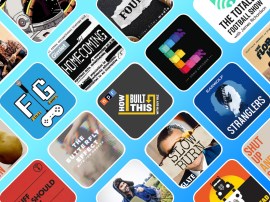This party street in The Netherlands is turning nights out into a live light experiment
Hue escapes the home as Philips' connected coloured streetlights prepare to stop drunken brawls
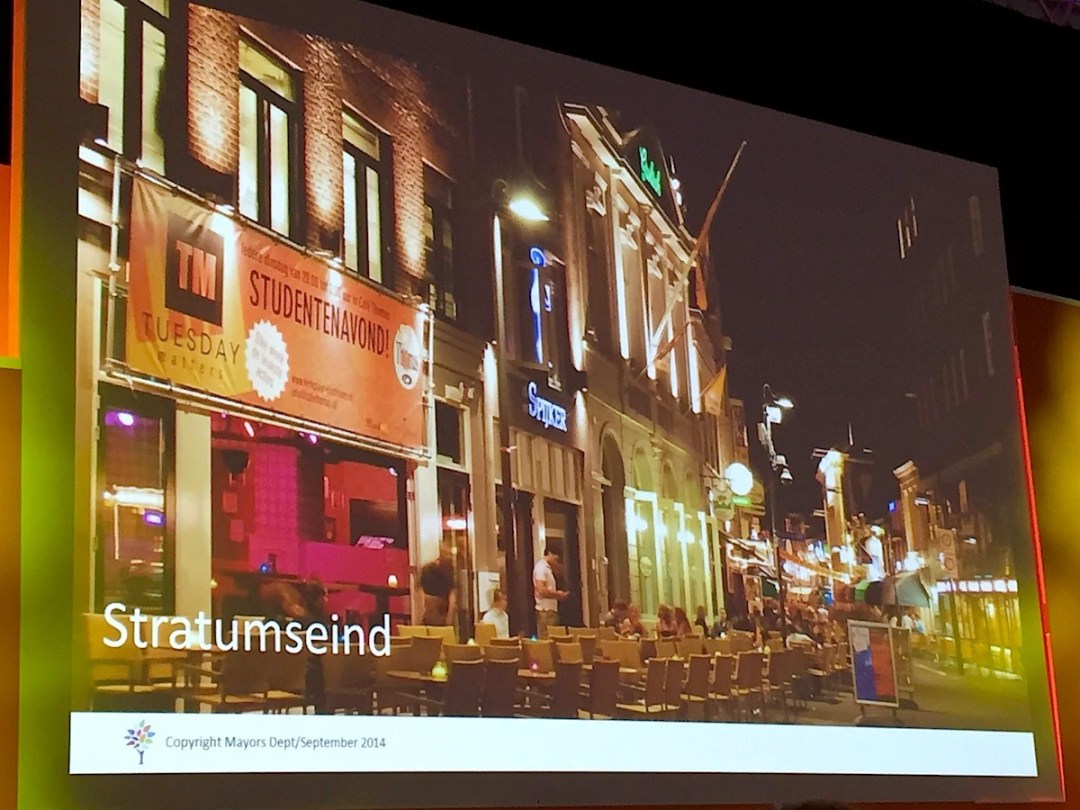
Every weekend up to fifteen thousand people come to the Stratumseind in Eindhoven to party.
They’re mostly between the ages of 16 and 25 and the 250m long strip is home to over 60 bars and cafes. As Philips’ Hans von Dlemm puts it, the party street is “a cocktail of alcohol, hormones and drugs” and police record over 800 fights, brawls and insult-ridden arguments (all known as escalations) per year.
That’s too many. So Eindhoven has drafted in Philips to sprinkle its multi-coloured Hue magic over Stratumseind’s streetlights to help calm everybody down.
Welcome to the Living Lab
Two sets of customers pay at a till. The first group are polite, ask to use the chip and PIN machine and generally leave a tip. The second are rude and more likely to start hammering in their PIN code without checking. The difference? The first group paid in a warm, white light and the second in a very cool light.
In collaboration with the municipality of Eindhoven and the Intelligent Lighting Institute at Eindhoven University of Technology (which conducted the cash register research), Philips is fitting the Stratumseind’s 25 streetlights with connected, controllable RBG lightbulbs in a bid to make barhoppers behave more like those first customers. The project, which will run for four years, is named “De-escalate” and the Stratumseind the “Living Lab”.
“Research on behaviour in different types of light has been done but never outdoors and never on this scale,” says von Dlemm. “People start behaving differently when there’s a low light level, they feel like they’re not noticed and do all sorts of things they wouldn’t usually do.
In the home, we have Philips’ Living Colours and Hue bulbs that influence atmosphere. So it was logical to see how it could influence the outdoor atmosphere. We feel that coloured lighting can have a positive effect on escalations.”
Tweaking will involve the colour, tone and intensity of the lights and won’t actually begin until November but the Stratumseind already has a system in place to increase the brightness of streetlights from 5 lux to 20 lux when there’s an incident. This helps the police and medical staff to do their jobs properly but also means that crowds gather to have a look.
"They say ‘Something’s going on over there." One thing we’re going to do research on is how to get people out of there. If you increase a light setting on the other side of the street, people will move out of the way of the incident."
A Seriously Sensorific Street
Any changes that Philips and the Institute make to the lighting on the Stratumseind will be based on both historical information from the police and data from sensors dotted around the area.
The municipality of Eindhoven has really kitted out the street. They track the density of people moving around the area, they have 3D sound measurement tools to record decibel levels, counting cameras at the entrance and exits to the street (which only quantify the number of people and don’t store images) and GPS data for the medical teams in the area so that they can show up on the real time map used by the researchers.
Bar owners also provide information ahead of time helping the team to prepare for a football match or big dance event and both bar owners and the police submit alerts when there is an incident.
The Stratumseind lighting controllers are also working on an algorithm, based on police reports, to determine the prime conditions for an escalation. "It’s really important to look at the data and see what it means. You’d think more escalations happen in summer but it’s winter," says von Dlemm. "You could say an escalation occurred when it was 10 degrees C, when the density of people was X amount per square metre, when the sound measurement was X many decibels. Then you can create an algorithm to say – this is the perfect situation for an escalation."
The experiment will begin in November when the team will have permission to manipulate the lighting at certain times of day and night.
We don’t envy them. The streetlights will be as customisable as the regular Hue bulbs so they’ve got 16 million colours to choose from.
